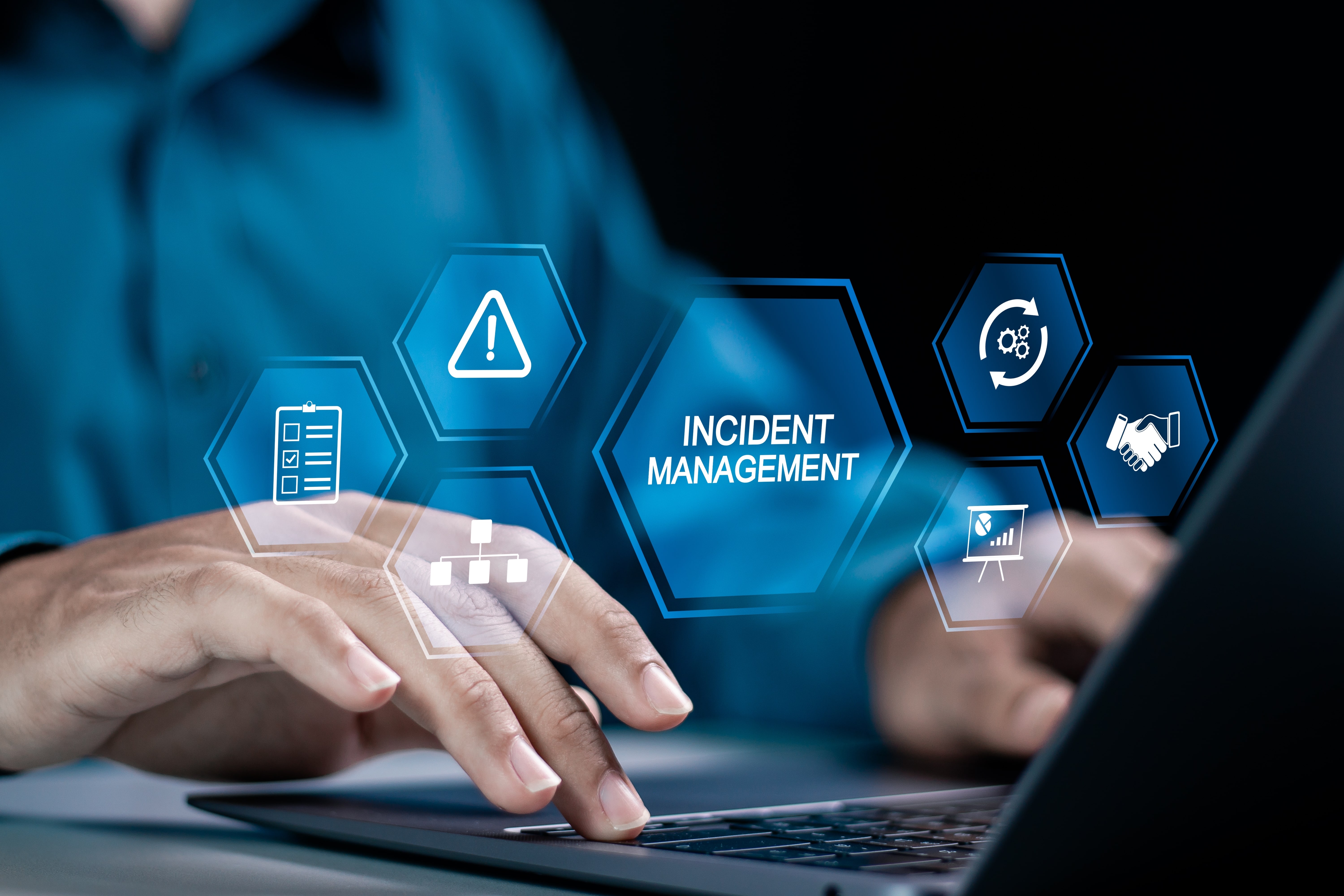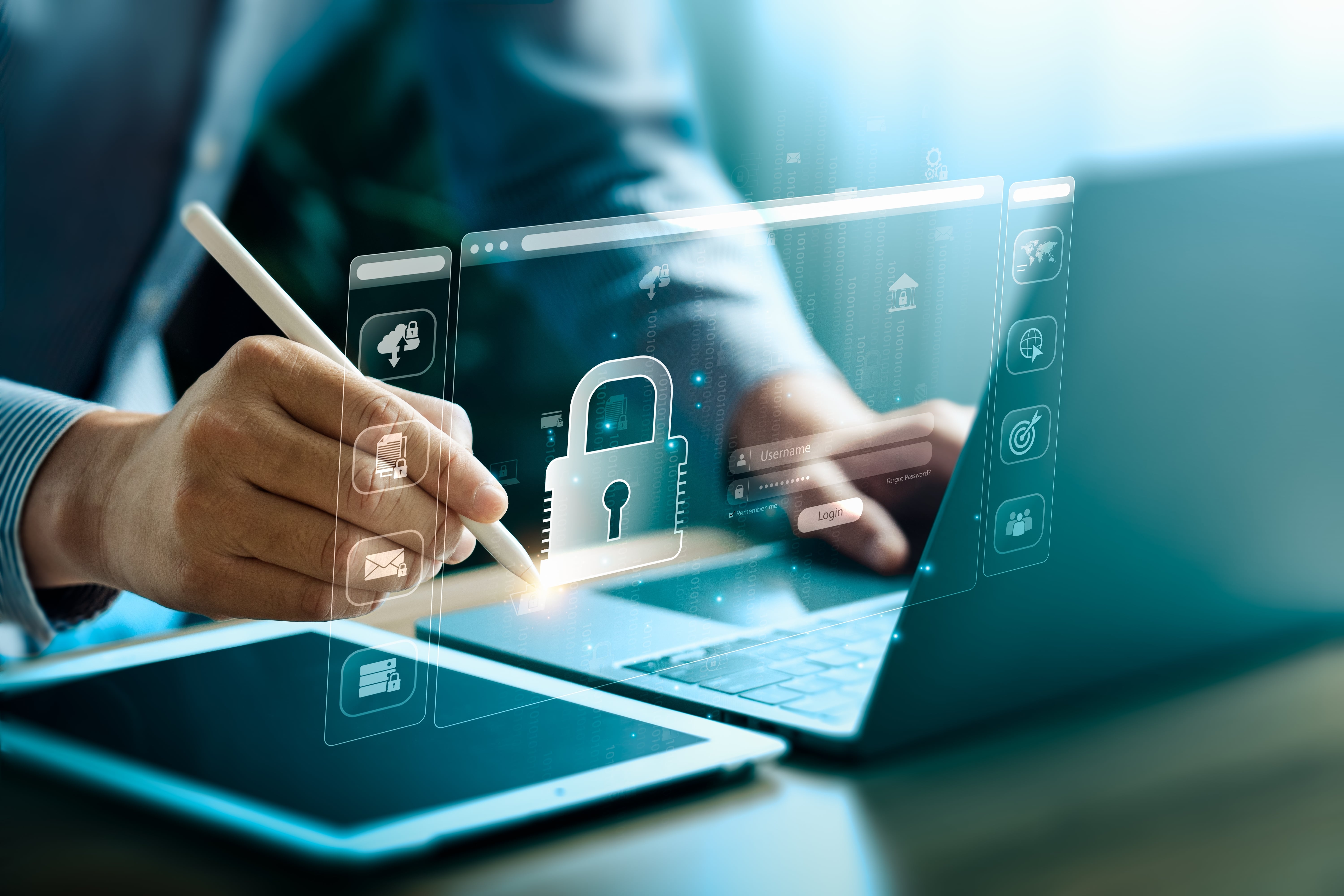Ed Tech Blog

Our schools lack robust incident response recovery plans. Schools, often seen as sanctuaries of learning and safety, are increasingly becoming targets for cyber threats, natural disasters, and other emergencies. The necessity for an incident response recovery plan cannot be overstated. Such a plan not only prepares schools to respond swiftly and effectively to crises but also ensures the continuity of education and the protection of students and staff. This blog will explore the critical components of an incident response recovery plan, including risk assessment, response strategies, communication protocols, and post-incident recovery processes. By understanding and implementing these elements, schools can safeguard their environments and maintain their mission of providing uninterrupted, quality education.
Understanding Incident Response and Recovery
Incident response refers to the systematic approach taken to manage and address the aftermath of a security breach or any emergency event. It involves identifying, investigating, and mitigating incidents to limit damage and prevent future occurrences. The primary goal of incident response is to handle the situation in a way that reduces its impact and allows for a return to normal operations as swiftly as possible.
A recovery plan, on the other hand, focuses on the steps necessary to restore normal operations after the immediate threat has been neutralized. This includes restoring data, repairing affected systems, and resuming educational activities. The importance of a recovery plan lies in its ability to minimize downtime and ensure that critical functions and services can be quickly reinstated, thereby reducing long-term disruption.
While incident response deals with the immediate actions taken during and shortly after an incident, the recovery plan addresses the longer-term process of rebuilding and restoring normalcy. Together, these two aspects form a comprehensive strategy that enables schools to not only survive a crisis but also recover efficiently and effectively.
Why Schools Are Vulnerable
Schools...

In today's digital age, the importance of cybersecurity in education cannot be overstated. As schools increasingly integrate technology into their classrooms, the risk of cyber threats looms larger than ever. Educational institutions have become prime targets for cybercriminals, who exploit vulnerabilities to steal sensitive information, disrupt learning, and cause significant financial and reputational damage. This blog aims to arm teachers with practical cybersecurity tips to safeguard themselves and their students against these growing threats. By adopting these best practices, educators can create a safer, more secure digital learning environment.
Understanding Cybersecurity
Cybersecurity refers to the practice of protecting systems, networks, and programs from digital attacks. These cyberattacks are typically aimed at accessing, changing, or destroying sensitive information, extorting money from users, or interrupting normal business processes. For educators, understanding cybersecurity is crucial in safeguarding the digital integrity of their classrooms and the privacy of their students.
Educators often find themselves on the front lines of cyber threats. Some of the most common include:
Phishing: This type of attack involves cybercriminals sending deceptive emails that appear to be from a trusted source. The goal is to trick recipients into divulging personal information such as passwords, or clicking on malicious links that...
Read more: Securing the Classroom: Essential Cybersecurity Practices for Teachers

Research shows that where students sit in the classroom significantly impacts their engagement, interaction, and overall learning experience. For high school students, seating arrangements are more than just a matter of logistics; they play a critical role in shaping the classroom environment, influencing everything from participation levels to group dynamics. This blog post will explore the importance of choosing the right seating arrangement and how it can facilitate effective learning. We’ll delve into key factors such as classroom layout, teaching style, and student needs, and examine various types of seating arrangements, including traditional rows, collaborative clusters, and flexible seating. By understanding these elements, educators can create a classroom setup that enhances student engagement and academic success.
Factors to Consider When Choosing a Seating Arrangement
Choosing the right seating arrangement for a high school classroom requires careful consideration of several factors that can significantly impact student learning and classroom dynamics. Class size and room layout are among the first elements to consider. The number of students and the physical dimensions of the classroom can limit or expand your seating options. For instance, a larger class in a small room may necessitate more compact seating arrangements, while a spacious room with fewer...
Read more: Seat Smarts: How Classroom Layouts Influence High School Learning

Did you know that teachers who engage in regular reflection practices report an increase in student engagement and achievement? Reflection is not just a buzzword in the educational sphere; it's a vital tool that empowers teachers to refine their strategies, understand their students better, and foster a more dynamic learning environment. For educators, daily reflection can serve as a powerful catalyst for personal and professional growth, transforming the way they approach their teaching methods and classroom management. In this blog post, we'll explore various daily reflection routines tailored specifically for teachers. You'll discover practical tips, insightful strategies, and real-life examples that will help you integrate reflection into your daily routine, ultimately enhancing your effectiveness and satisfaction as an educator. By the end of this post, you'll have a clear understanding of how to implement these routines and the tangible benefits they can bring to your teaching practice and your students' learning experiences.
The Concept of Daily Reflection
Daily reflection is a deliberate process where teachers take a few moments each day to thoughtfully consider their teaching experiences, student interactions, and personal emotions. It's a time for introspection and assessment, allowing educators to critically analyze what went well, what didn't, and...
Read more: Reflective Teaching: Cultivating Growth and Fulfillment with Daily Reflection Routines

In today's digital age, data privacy has become an essential concern, especially in educational environments where students are increasingly using online tools and platforms. As educators, understanding the importance of data privacy is crucial for protecting students from the numerous risks associated with data exposure. Personal information, if not properly safeguarded, can lead to serious consequences such as identity theft, where a student's personal data is stolen and misused, or cyberbullying, where personal details might be leveraged to harass or intimidate. Additionally, unauthorized access to sensitive information can compromise students' safety and well-being, leading to long-lasting impacts on their academic and personal lives. With these potential threats in mind, it's imperative that teachers are equipped with the knowledge and strategies to reduce data exposure, ensuring a secure and supportive learning environment for their students.
Understanding Student Data Exposure
Student data encompasses a wide range of information that can be collected and stored by schools and other educational institutions. This includes personal information such as names, addresses, and birthdates, as well as academic records like grades, attendance, and assessments. Additionally, data can extend to online activities, including browsing history, interactions on learning platforms, and participation in online discussions. Understanding the various...
Read more: Protecting Student Data in the Digital Age: A Guide for Teachers

In the ever-evolving landscape of education, continuous professional development is essential for teachers to stay current with new teaching strategies, technologies, and educational trends. However, despite the clear benefits, finding the time and space for professional growth remains a significant challenge for many educators. The demands of daily teaching, coupled with administrative responsibilities and personal commitments, often leave little room for self-improvement. This blog explores how creating and utilizing dedicated time and space can empower teachers to prioritize their development, ultimately enhancing their effectiveness in the classroom and contributing to their long-term career success.
Understanding Time and Space in Professional Development
In the context of teacher development, "time" refers to the moments and hours that educators can dedicate to their growth, while "space" encompasses both the physical and virtual environments where learning can occur. These elements are crucial because they directly impact a teacher’s ability to engage with new ideas, reflect on their practice, and implement innovative strategies. Without sufficient time, even the most motivated teacher may struggle to keep up with the latest educational advancements. Similarly, without an appropriate space—whether it’s a quiet room or a well-designed online platform—immersing oneself in professional development can be difficult, if not impossible.
Read more: Maximizing Professional Development: Strategies for Teachers to Optimize Time and Space
- Enhancing Learning Through Interactive Texts: Strategies, Tips, and Solutions for Educators
- Celebrating Excellence: Honoring Student Achievements in Education and Beyond
- Bringing Physics to Life: Innovative Strategies for Teaching Real-World Applications
- Amplifying Student Voices: The Power of Listening Circles in Education
